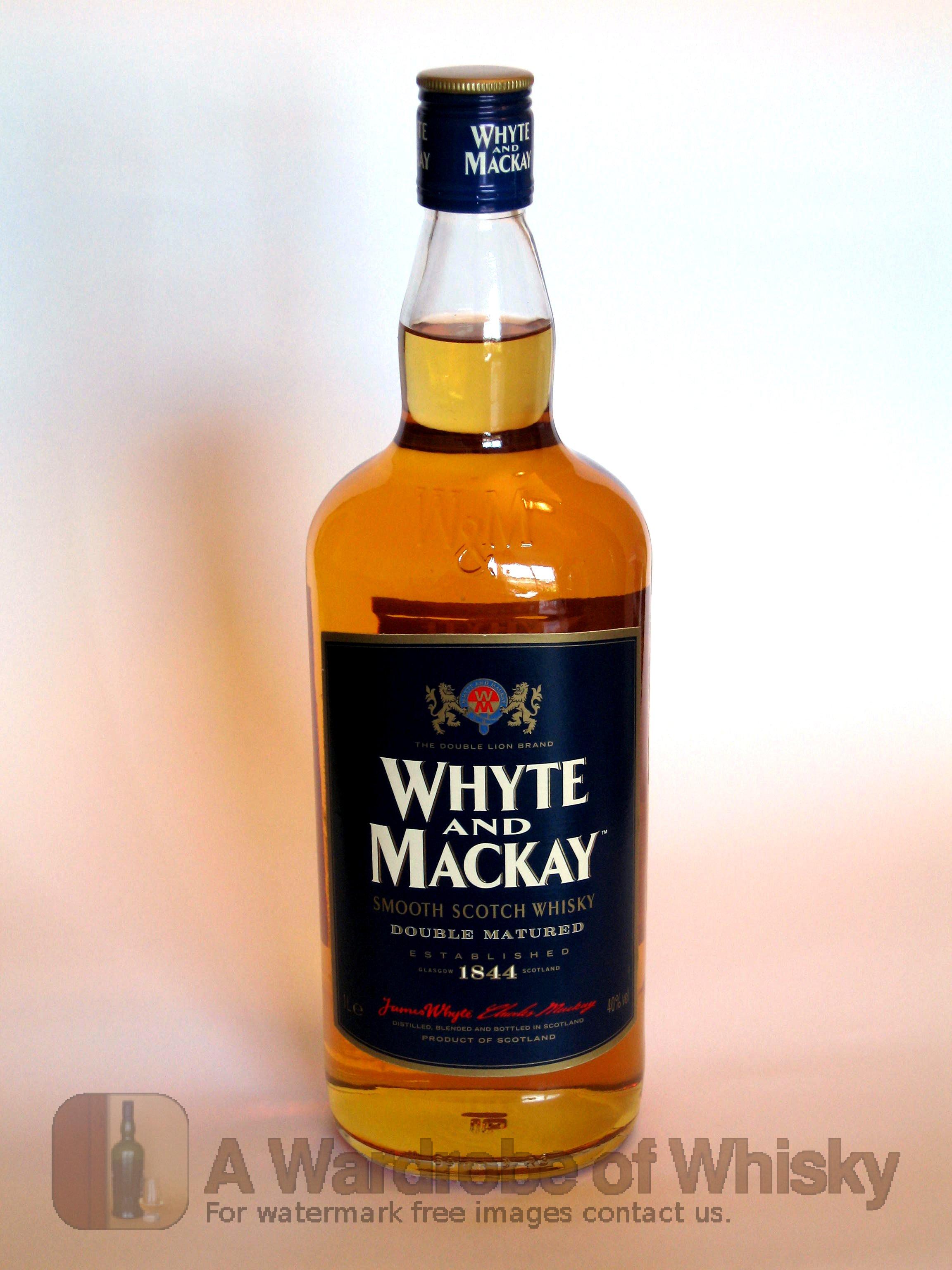flavor of whiskey is a complex interplay of varied elements influenced by the ingredients, distillation course of, aging situations, and the type of barrel used for maturation. Here are some frequent flavor components found in whiskey:
Grain Influence:
Malted Barley: Adds a wealthy, malty sweetness and can contribute to flavors like honey and caramel.
Corn: Often used in bourbon, corn imparts sweetness and may contribute notes of vanilla and butterscotch.
Rye: Adds spiciness, with flavors like pepper and cinnamon.
Wheat: Contributes to a smoother and softer profile, with notes of bread and gentle sweetness.
Distillation Process:
Pot Still vs. Column Still: Whiskies distilled in pot stills could have a fuller and extra strong character, whereas these distilled in column stills could be lighter and smoother.
Yeast Fermentation:
The choice of yeast strains throughout fermentation can influence the manufacturing of various flavor compounds.
Maturation in Barrels:
Wood Influence: Interaction with the wooden barrel imparts flavors such as vanilla, oak, and typically tannins. The kind of wood (e.g., American oak, European oak) contributes distinct characteristics.
Charred Barrels: Bourbon is often aged in new charred oak barrels, which might add smoky and caramelized notes.
Previous Contents of Barrels: If barrels have been beforehand used to age different spirits (e.g., sherry, wine), the whiskey could inherit extra flavor parts.
Age of Whiskey:
Young Whiskey: Tends to have more vibrant and uncooked flavors, with pronounced grain characteristics.
Aged Whiskey: Develops complexity, with flavors evolving and mellowing over time. This can include notes of dried fruit, spice, and a more built-in oak affect.
Peat Influence:
In some whiskies, particularly from Islay in Scotland, peat is used during malting, imparting smoky and earthy flavors.
Water Source:
The quality and mineral content material of the water used in production can affect the whiskey's last taste.
Regional Characteristics:
Different whisky-producing regions (e.g., Scotch whisky areas like Islay, Speyside, Highlands) usually have distinct flavor profiles influenced by native traditions and environmental factors.

Blending https://whiskeycanvas.com/ :
In blended whiskies, the skill of the master blender performs an important function in reaching a harmonious and balanced taste profile.
Alcohol Content:
The alcohol content material affects the perception of flavors, with greater proof whiskies often intensifying sure notes.
Tasting whiskey is a subjective expertise, and particular person preferences can range widely. Whiskey fanatics often discover differing kinds and expressions to appreciate the range of flavors throughout the world of whiskey. Tasting notes offered by distilleries or skilled tasters can information enthusiasts in identifying specific flavors and aromas in a given whiskey..
